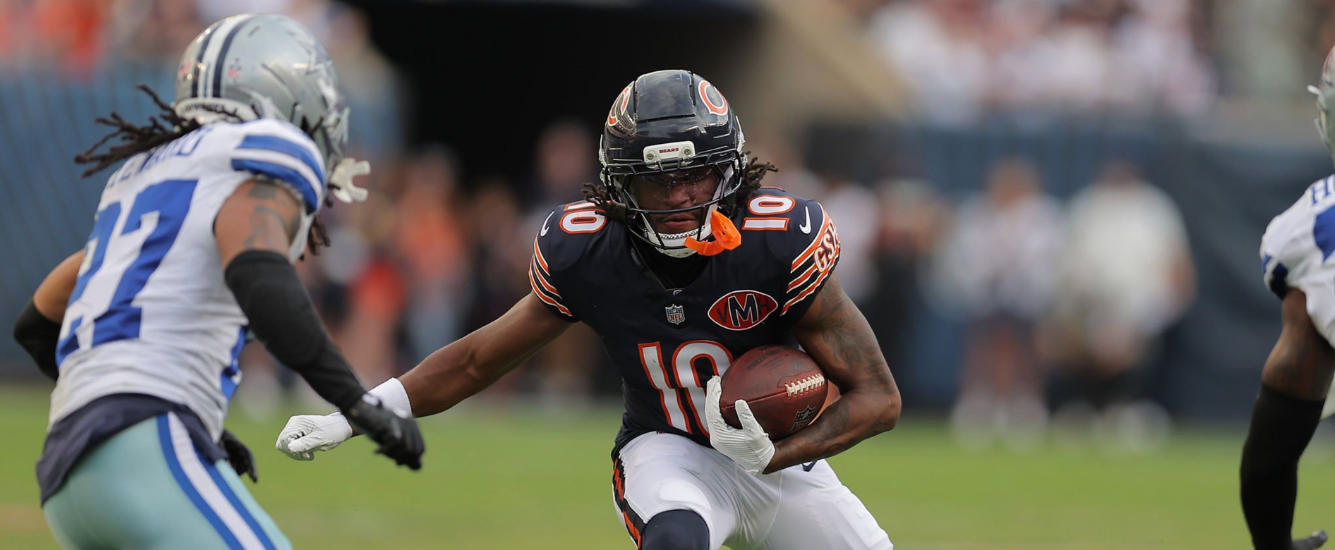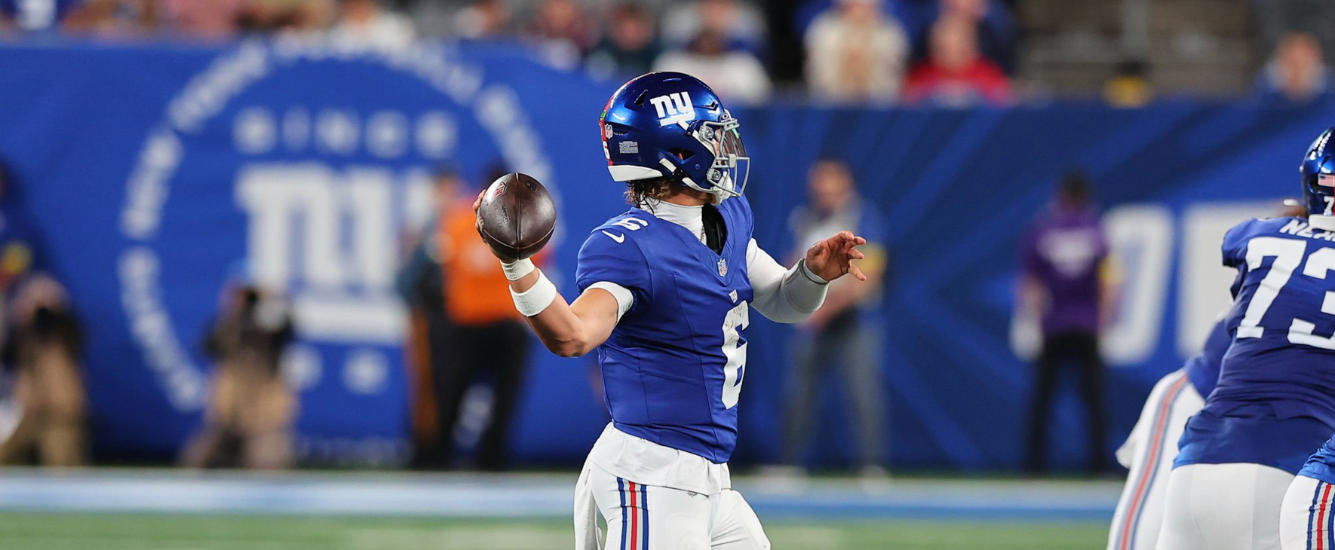The average rookie tight end resides in fantasy purgatory longer than the lifespan of the average dynasty league. Developmental tight ends are the ultimate roster cloggers. And why should we expect anything else when even the very best tight ends are flukes — rookies that landed with elite coaching staffs on teams with basically zero NFL-caliber wide receivers. Rob Gronkowski, George Kittle, Travis Kelce.
Remember the vaunted 2017 TE class? O.J. Howard, Evan Engram, David Njoku, Gerald Everett, Adam Shaheen, Jonnu Smith. And what is the payoff after this marathon of patience? Gerald Everett to the Seahawks? Everett is 27 years old now. Meanwhile non-entities Darren Waller and Logan Thomas switched positions and achieved overnight stardom.
The lesson here is don’t roster developmental tight ends. It is popular to refer to players available on the waiver wire as “free,” but they are only free to acquire. They are expensive to hold.
That said, there are many types of leagues (such as best ball dynasty leagues) where the penalty for getting caught with no startable tight ends is steep. And in super deep leagues, the never-ending scarcity makes even theoretically useful TEs valuable commodities. The increasing popularity of TE-premium leagues also alters the calculus.
Sometimes we simply must roster developmental TEs. How do we avoid the heartbreaking Jaces and Tylers?
If you must roster a developmental TE, target these four teams.
The first step in targeting developmental TEs is acknowledging where the value comes from. It comes from scheme. Don’t chase TEs because they have a “chance to be the starter” on a team that is not going to have a valuable starter in the first place. Let’s just say Tommy Tremble in Carolina and Hunter Long in Miami.


















